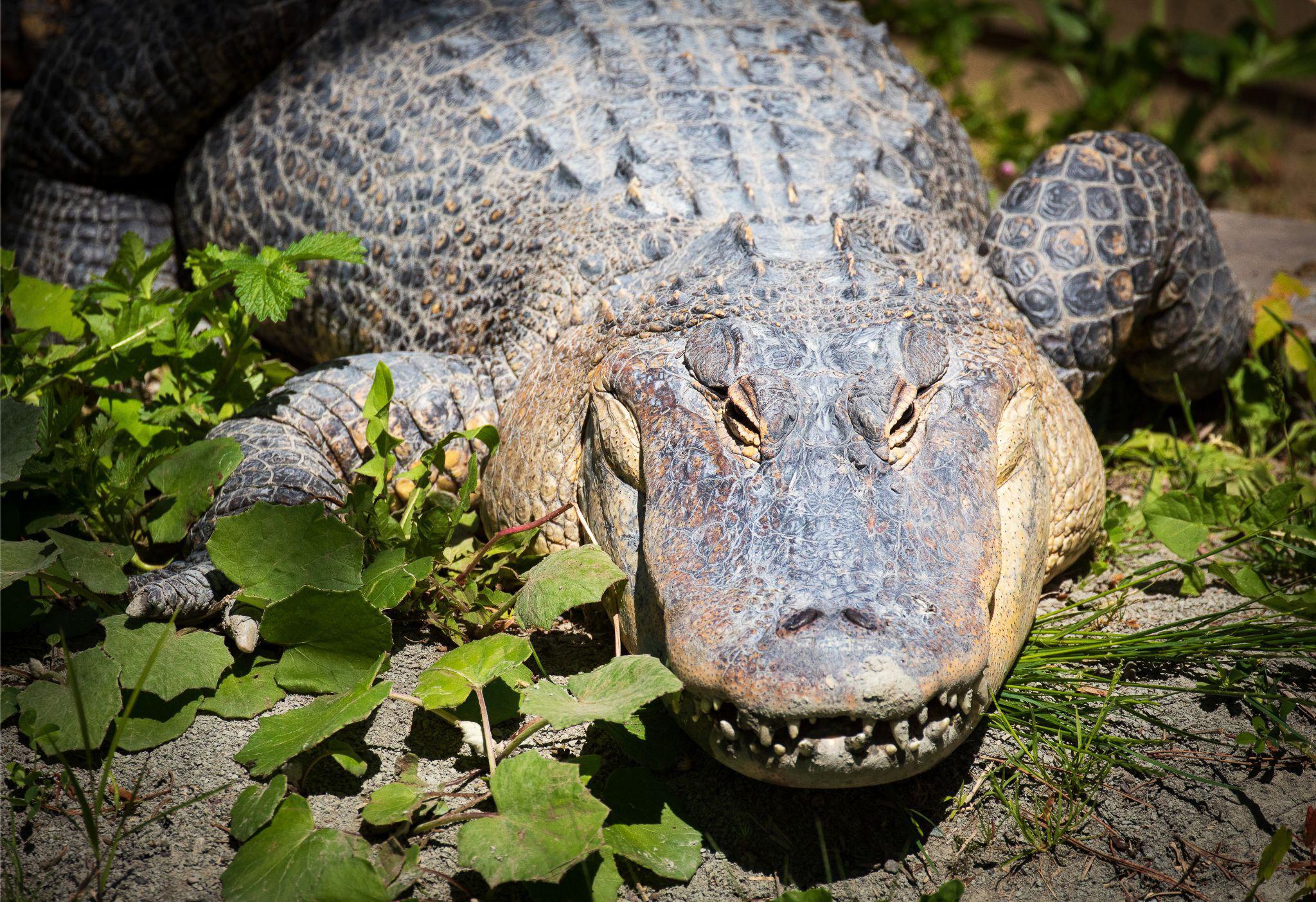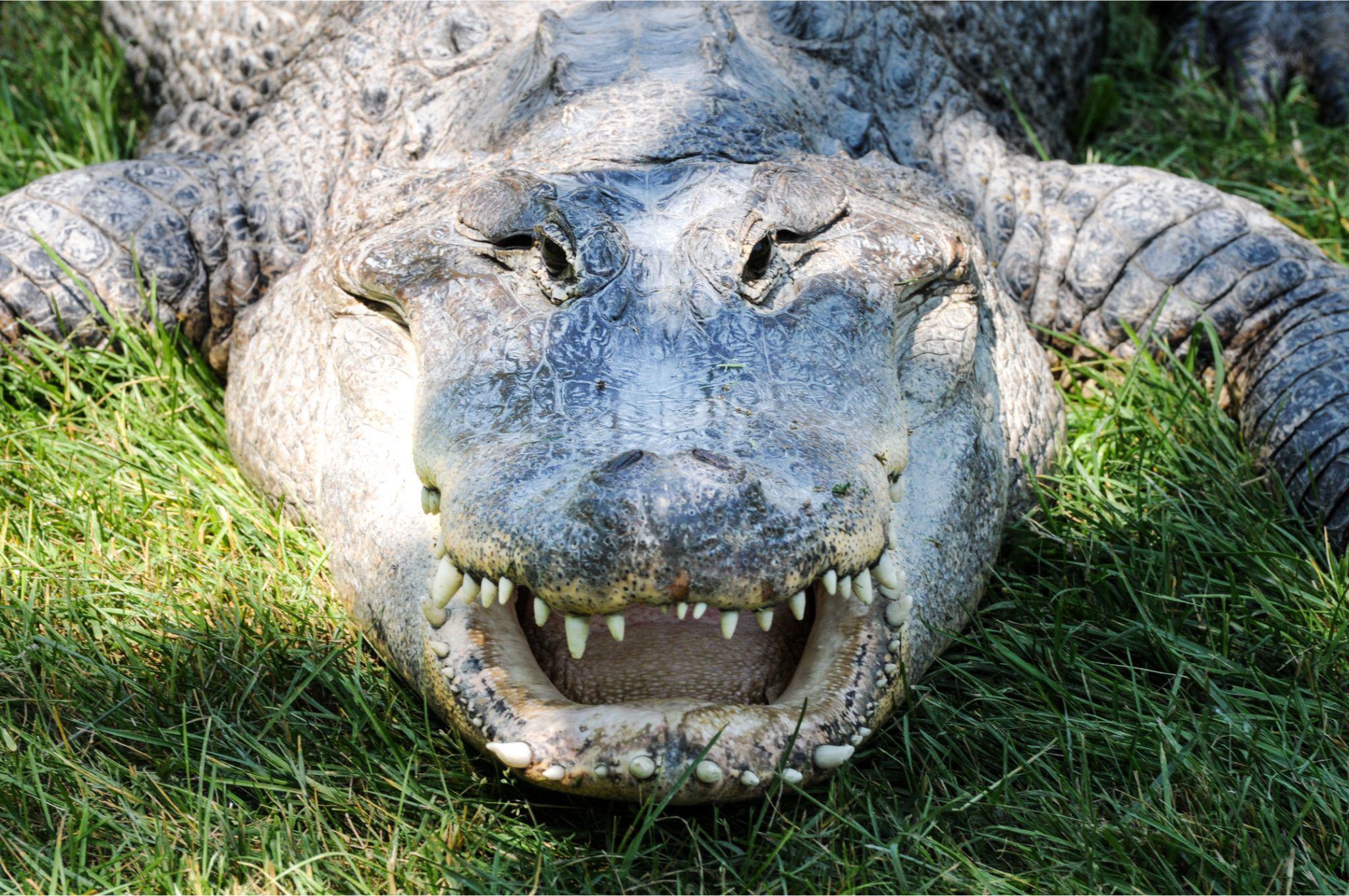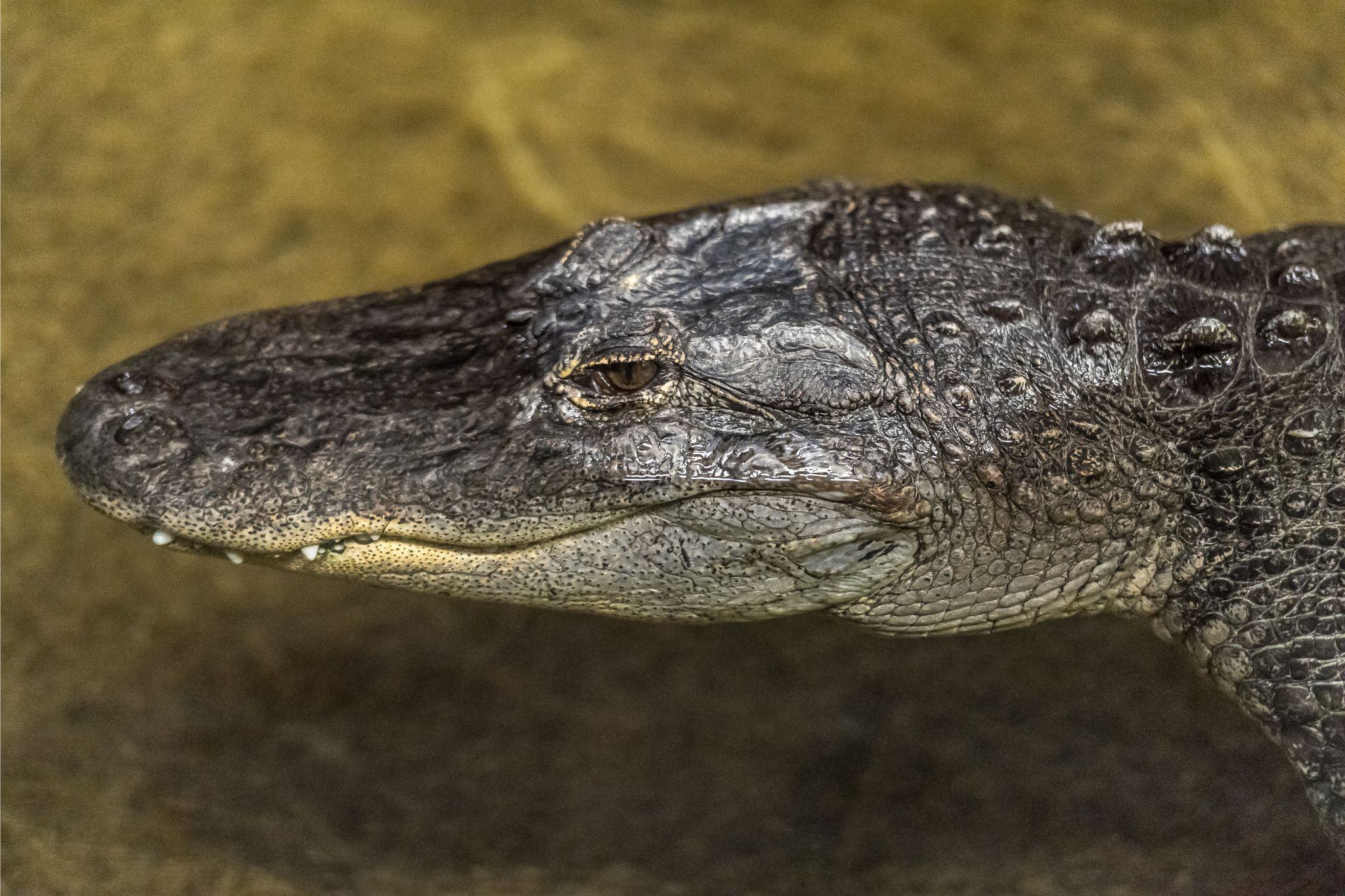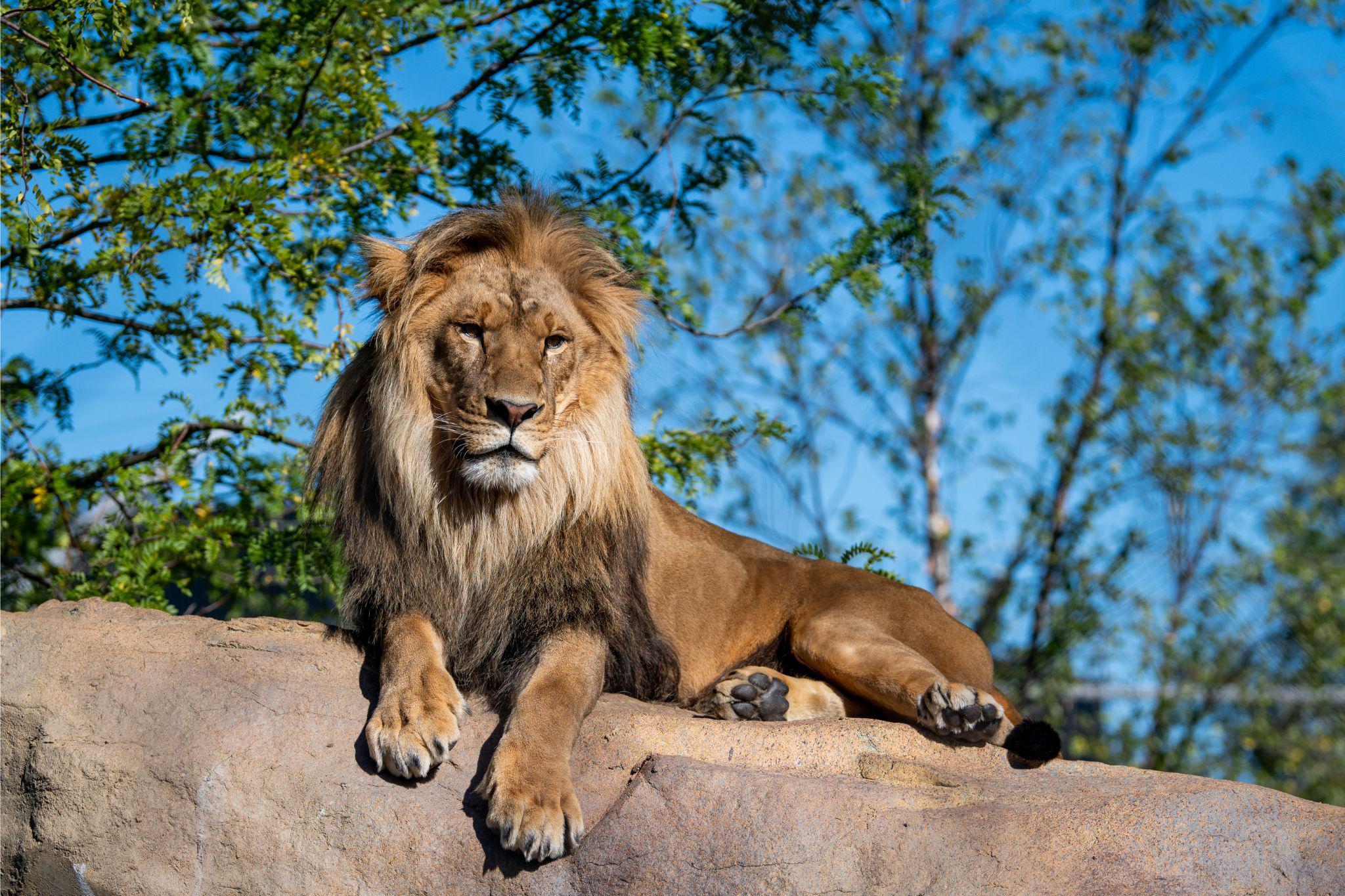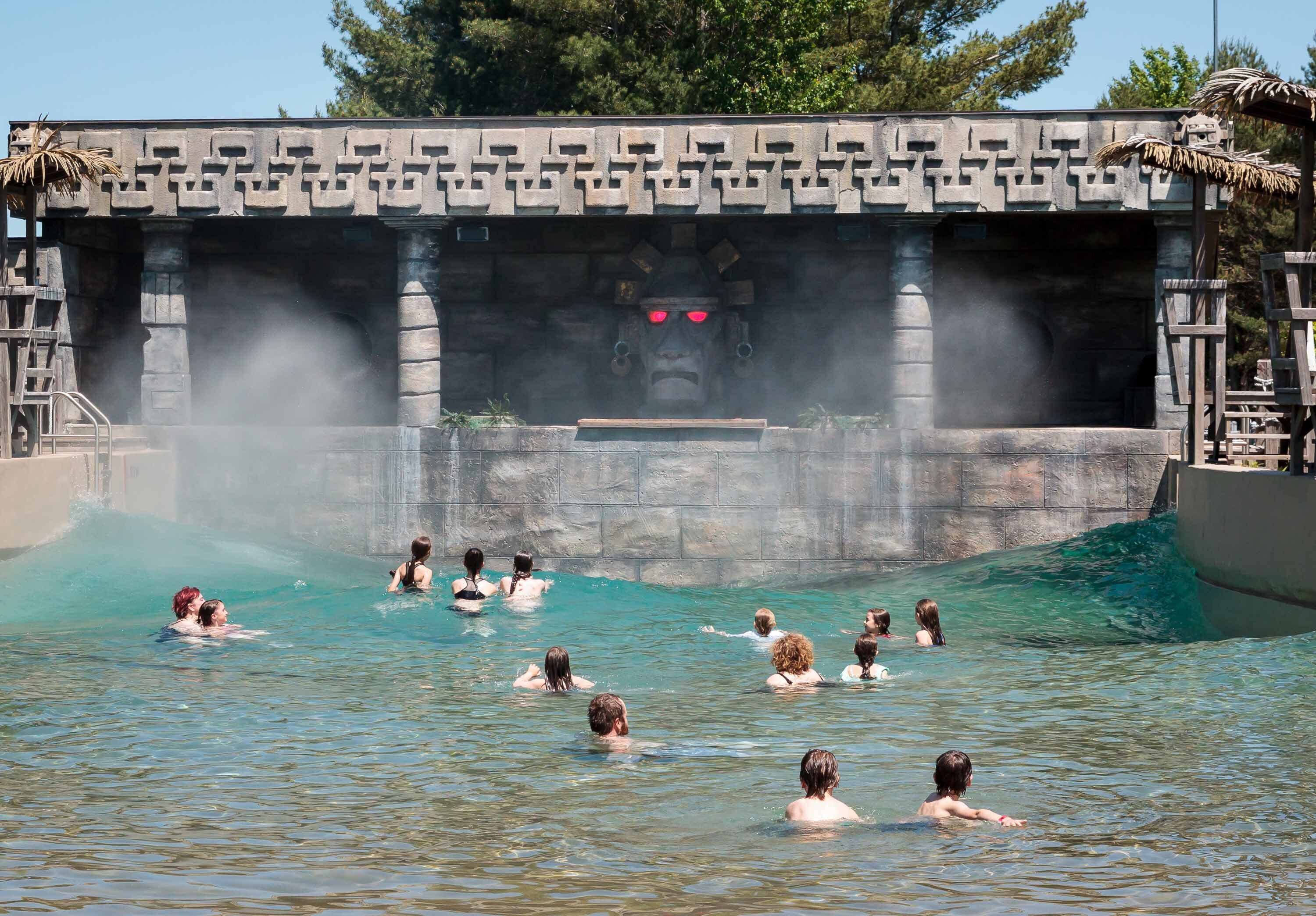
American alligator
American alligator
Distribution
South-East United States
Diet
Carnivore
Habitat
Marshes, wetlands and rivers
Latin Name
Alligator mississippiensis
IUCN conservation status
They're the largest reptiles in North America, and their thick armour gives them a prehistoric-like appearance.
Interesting informations
